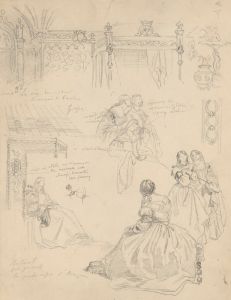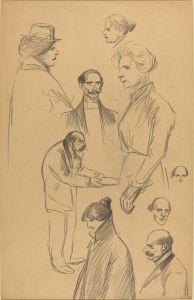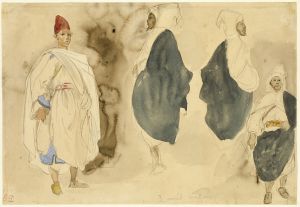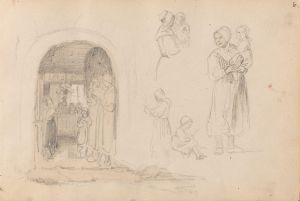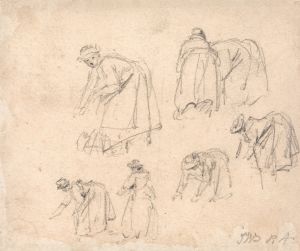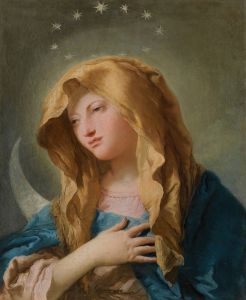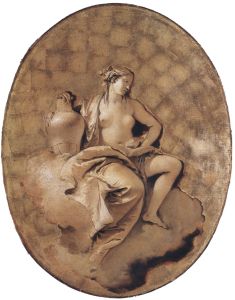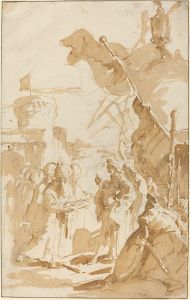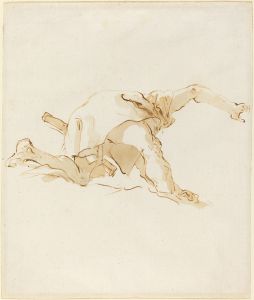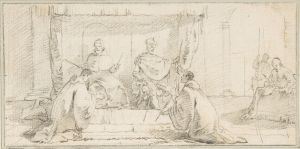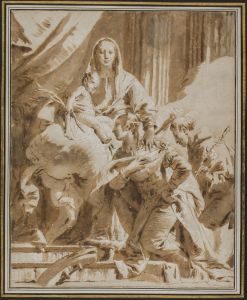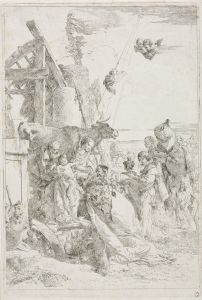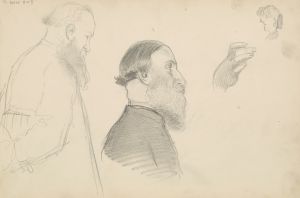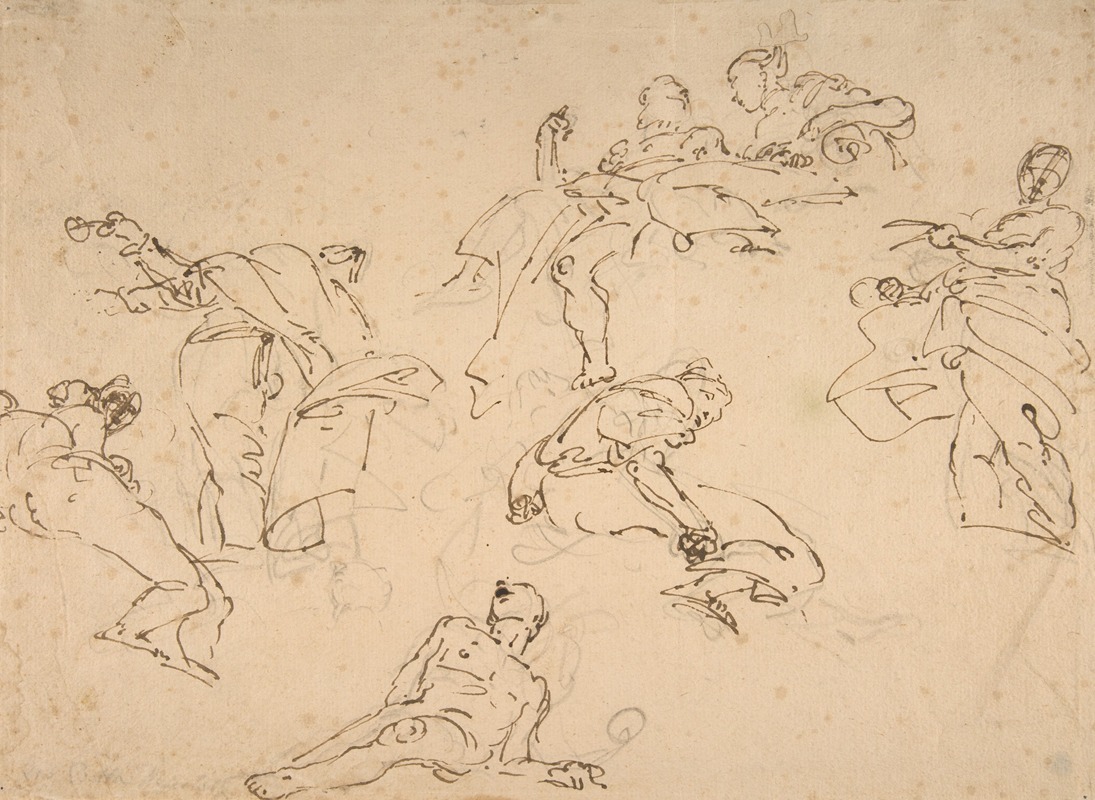
Figure Studies
A hand-painted replica of Giovanni Battista Tiepolo’s masterpiece Figure Studies, meticulously crafted by professional artists to capture the true essence of the original. Each piece is created with museum-quality canvas and rare mineral pigments, carefully painted by experienced artists with delicate brushstrokes and rich, layered colors to perfectly recreate the texture of the original artwork. Unlike machine-printed reproductions, this hand-painted version brings the painting to life, infused with the artist’s emotions and skill in every stroke. Whether for personal collection or home decoration, it instantly elevates the artistic atmosphere of any space.
Giovanni Battista Tiepolo, an Italian painter and printmaker, is renowned for his grandiose and dramatic style, which epitomizes the Rococo period. One of his notable works is "Figure Studies," a drawing that showcases his exceptional skill in capturing the human form with dynamic movement and expressive detail.
"Figure Studies" is a testament to Tiepolo's mastery of draftsmanship. This work is composed of various sketches of human figures, each rendered with fluid lines and a keen sense of anatomy. The figures in the drawing are depicted in different poses and actions, demonstrating Tiepolo's ability to convey a wide range of emotions and physical states. The composition is both spontaneous and meticulously detailed, reflecting the artist's deep understanding of human anatomy and his ability to infuse life into his subjects.
Tiepolo's "Figure Studies" serves as a preparatory work for his larger compositions. These studies were essential for Tiepolo as they allowed him to experiment with different poses and arrangements before committing to the final composition on canvas or fresco. The sketches reveal his process of refining and perfecting the figures that would later appear in his grander works.
The drawing is executed with a combination of pen and ink, and sometimes with the addition of wash, which adds depth and dimension to the figures. Tiepolo's use of light and shadow in these studies is particularly noteworthy, as it enhances the three-dimensionality of the forms and brings a sense of realism to the sketches.
Giovanni Battista Tiepolo was born in Venice in 1696 and became one of the most prominent painters of the 18th century. He was known for his large-scale frescoes and altarpieces, which adorned churches, palaces, and villas across Europe. Tiepolo's work is characterized by its vibrant color palette, dramatic compositions, and the use of light to create a sense of movement and space.
Throughout his career, Tiepolo received numerous prestigious commissions, including works for the Doge's Palace in Venice, the Würzburg Residence in Germany, and the Royal Palace in Madrid. His ability to create grand, theatrical scenes made him a favorite among the European aristocracy and clergy.
"Figure Studies" provides insight into Tiepolo's creative process and his approach to composition. The drawing is not only a study of the human form but also a reflection of the artist's ability to capture the essence of his subjects with a few deft strokes. It exemplifies the Rococo style's emphasis on elegance, movement, and emotional expression.
Today, Tiepolo's "Figure Studies" is appreciated not only for its artistic merit but also for its historical significance. It offers a glimpse into the working methods of one of the greatest artists of the 18th century and serves as an important document of the Rococo period's artistic practices. The drawing is held in various collections, including major museums and private collections, where it continues to be studied and admired by art historians and enthusiasts alike.





